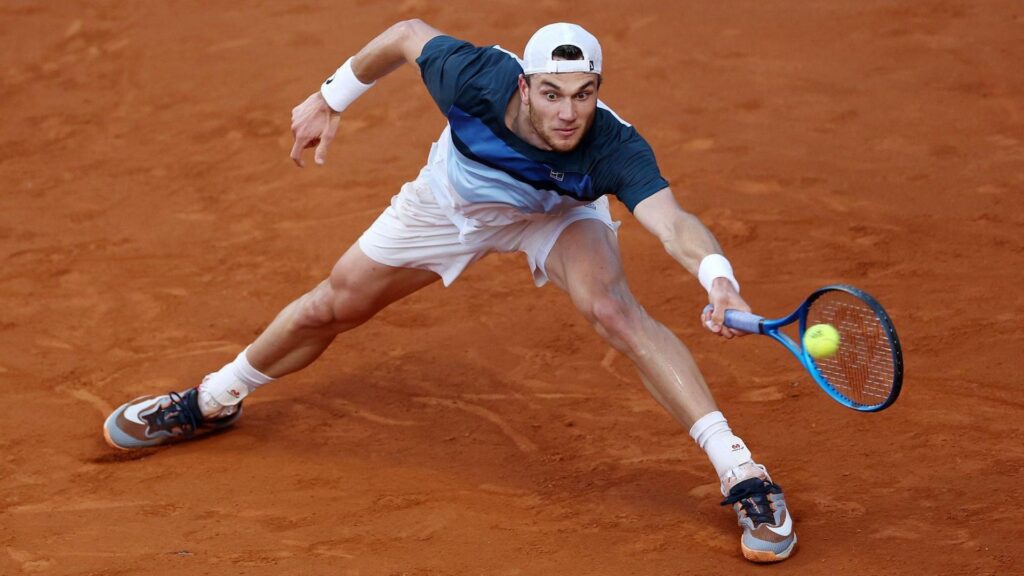The intricacies of clay-court tennis are often underestimated, yet adapting to this surface is essential for any player aspiring to achieve success, especially in prestigious tournaments like the French Open. As we look forward to the highly anticipated French Open 2025, scheduled to take place from May 25 to June 8 at Roland Garros, the attributes that characterize a proficient clay-court player become increasingly relevant. The distinct demands of clay courts require an athlete to possess specific skills and physical capabilities, which can significantly influence their performance on this unique surface.
**Fitness and Stamina**
Firstly, fitness and stamina are paramount for any tennis player going up against the challenges of clay courts. Due to the slower nature of the surface compared to grass, players often engage in longer rallies, leading to the need for heightened endurance and resilience. A prime example is Iga Swiatek, the four-time French Open champion, whose agility on the clay has been a decisive factor in her victories. Her capacity to cover the court and regain her position efficiently enables her to set up for powerful shots.
For instance, Jack Draper’s recent achievements on clay are a testament to his improved fitness levels. The British number one faced considerable hurdles in his previous encounters on the surface, notably retiring during his French Open debut two years prior due to injury. Since then, hiring team members focused on fitness, such as physiotherapist Shane Annun and fitness trainer Matt Little, has led Draper to develop a robust physical condition. His journey from injury-prone to becoming a contender, evident from his recent run to the Madrid Open final, highlights the necessity of physical preparation on clay, where the wear and tear on the body can be significant.
**Hitting with Spin**
Another critical component of success on clay involves mastering the ability to hit with topspin. This technique is crucial for manipulating the ball’s trajectory, allowing players to push opponents back behind the baseline effectively. The significance of topspin is epitomized by Rafael Nadal, whose celebrated forehand has been a weapon against his rivals. Players emulating Nadal’s style can create challenging angles that force defenders into uncomfortable positions, ultimately leading to point-winning opportunities.
Michael Chang, the 1989 winner at Roland Garros, eloquently described Nadal’s approach, emphasizing how he positions opponents into awkward spaces, providing the opportunity to conclude rallies effortlessly. Thus, a player’s ability to strategize offensive plays while maintaining the patience required to wait for ideal opportunities is vital for thriving on clay.
**Sliding and Movement**
Sliding, an essential technique in clay-court tennis, allows players to maintain control during rallies. Mastering the art of sliding into shots rather than merely adapting to the position after the bounce is foundational for defense and transitioning into attacks. Players like Draper and fellow Brit Jacob Fearnley dedicated early practice sessions not just to hitting but also to perfecting their sliding technique, thus enhancing their overall movement on the court. Effective sliding aids in adjusting quickly for challenging shots, making it critical for success.
The guidance from seasoned players suggests that a player should ensure their knee stays aligned with their toes while sliding to mitigate injury risks. This foundation builds not only a player’s skill set but also their resilience against the physical demands characteristic of the clay season.
**Getting Early Experience**
Finally, early experience on clay courts provides players with essential exposure that influences long-term success on the surface. In Great Britain, with only about 5% of courts being clay, young athletes face limitations compared to countries like Spain, where approximately 60% of courts are clay. Such a disparity can impact the development of skills necessary for excelling in clay court matches.
Andy Murray’s determined approach to gaining experience through European clay tournaments at a young age has paved the way for future British talents. Contrastingly, Jack Draper has underscored the importance of consistent play on clay from an early age, describing his early successes in both the UK and European tournaments.
As the French Open approaches, understanding the factors that contribute to being a good clay-court player becomes vital for players like Draper, as they aim not only to compete but to thrive on the elite stage among the best in the sport.



